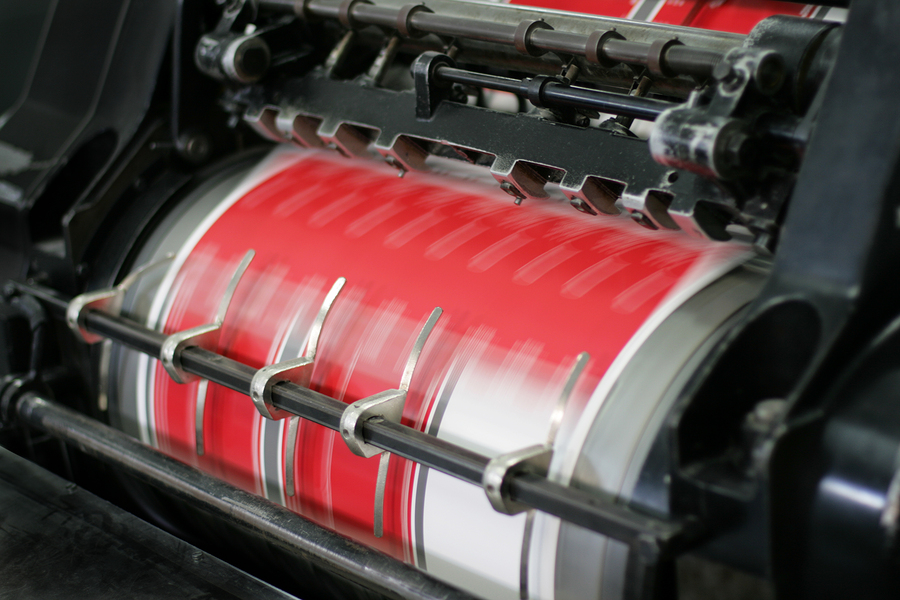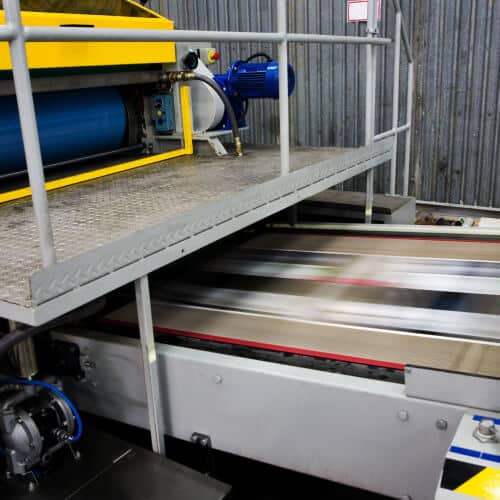A Comprehensive Overview to Comprehending Litho Printing Strategies
The globe of litho printing, a strategy stemming from the late 18th century, is a remarkable blend of history, art, scientific research and advancement. Stay with us as we trip into the exciting world of litho printing.
The Historic Development of Litho Printing
The historic trajectory of litho printing, a crucial development in the world of communication, is a fascinating tale of human resourcefulness. Birthed in the late 18th century by Alois Senefelder, this method was initially a cost-effective method of publishing theatrical jobs. Lithography, originated from the Greek words for 'stone' and 'to compose', utilized a smooth stone surface area to transfer pictures onto paper. The process developed with the development of the rotating press, which greatly boosted performance (litho printing). In the 20th century, the development of countered lithography revolutionized the sector, permitting mass production of high-grade prints. Each phase of litho printing's advancement showcases humankind's ruthless quest of efficiency and quality in visual interaction.
Deciphering the Scientific Research Behind Litho Printing Inks
Moving forward in the exploration of litho printing strategies, the emphasis currently changes to the science behind litho printing inks. The composition of these inks, their drying out procedure, and shade mixing methods form the foundation of this intricate art form. Comprehending these aspects is critical to grasping the craft and accomplishing the preferred print results.
Composition of Litho Inks
In lithographic printing, the essential duty of litho inks can not be overstated. Pigments, the color-providing elements, are carefully ground fragments suspended in the automobile, a fluid that brings the pigment onto the printing surface. Each component plays a vital part in the final print's high quality, making the exact formula of litho inks a detailed science.
Ink Drying Refine
From the composition of litho inks, focus transforms to the remarkable procedure of ink drying out. The drying procedure is important, as it impacts the last print's high quality and durability. Two key techniques are made use of in litho printing: oxidative drying out and absorption. Oxidative drying out involves the ink reacting with oxygen in the air to form a difficult, completely dry movie. This method supplies a sturdy coating, however can be slower compared to absorption. Absorption, on the various other hand, involves the ink permeating right into the paper fibers, which is a faster process yet can cause less vibrant shades. The selection in between these approaches depends on variables such as print rate demands, the paper type used, and the wanted finish.
Shade Mixing Strategies
While the drying out procedure plays a vital duty in litho printing, the science of color mixing strategies holds equivalent value. This is a complex process that involves the cautious mixing of primaries: cyan, magenta, and yellow, in varying proportions to accomplish a large selection of shades. The enhancement of black ink, referred to as 'key', assists in regulating navigate to this site the intensity and deepness of the colors. The science behind litho printing inks also thinks about the transparency of the ink, which impacts exactly how colors overlay and mix. To attain a reliable color mix, print experts have to additionally recognize the details of ink habits, shade theory, and the physical residential properties of the substrate on which the ink is used.
The Art and Style Components in Litho Printing
Litho printing breathes life into art and style via its one-of-a-kind elements. The process involves developing an image on a lithographic limestone plate or steel plate with a smooth surface. The image is then printed onto a medium, normally paper, by moving the ink from home plate. What collections litho printing apart is its ability to replicate detailed designs with high integrity, making the result virtually identical to the initial artwork. This is accomplished via making use of various line methods such as cross-hatching, stippling, and hatching, which permit a variety of tonal results. Litho printing accommodates a selection of colors, enabling artists to create dynamic and dynamic prints. This combination of precision and flexibility makes litho printing a preferred selection for numerous musicians and developers.
Modern Applications of Litho Printing Techniques
Litho printing techniques have actually found comprehensive usage in the modern industrial sector. Its impact and relevance remain to grow with the development of new developments and modern technologies in the field. This area will discover these modern applications and the transformative role they play in the printing market.
Business Litho Printing Uses
Litho printing stays a critical component of the industrial market. High-volume printing jobs, such as the manufacturing of publications, papers, and packaging, depend on litho printing for its capability to provide exceptional picture high quality and cost performance. Litho printing likewise offers a broad shade range, superior to that of electronic printing.
Technologies in Litho Printing
Pressing the limits of typical strategies, contemporary developments have fueled a host of advancements in litho printing. These developments have not only enhanced the quality and performance of litho prints but also expanded its application scope. One prominent growth is digital litho printing, which integrates the virtues of digital technology with litho's top quality outcome. This crossbreed version supplies faster setup times, lowered waste, and makes it my sources possible for on-demand printing. One more significant innovation is the introduction of eco-friendly inks. These inks, made from veggie or soy-based remedies, have significantly minimized the industry's ecological effect. litho printing. Additionally, the development of advanced plate innovation has streamlined the printing procedure, leading to sharper photos and boosted shade fidelity. These technologies emphasize the long-lasting significance of litho printing in the modern-day globe.
Discovering the Refine of Litho Printing: Action by Action

Difficulties and Solutions in Contemporary Litho Printing

Regardless of the precision and practice that litho printing happily maintains, it is not without its set of modern difficulties. Digital litho printing allows for cost-efficient short runs and easy customization, addressing the problem of variable information. Therefore, while there are obstacles, the litho printing market is proactively adjusting to satisfy them head-on, ensuring its relevance in the future.
Conclusion
In conclusion, litho printing, with its abundant history and clinical ins and outs, holds a significant area in the print market. The future of litho printing pivots on its capability to adapt to these transforming demands, attesting its enduring worth in a developing market.
